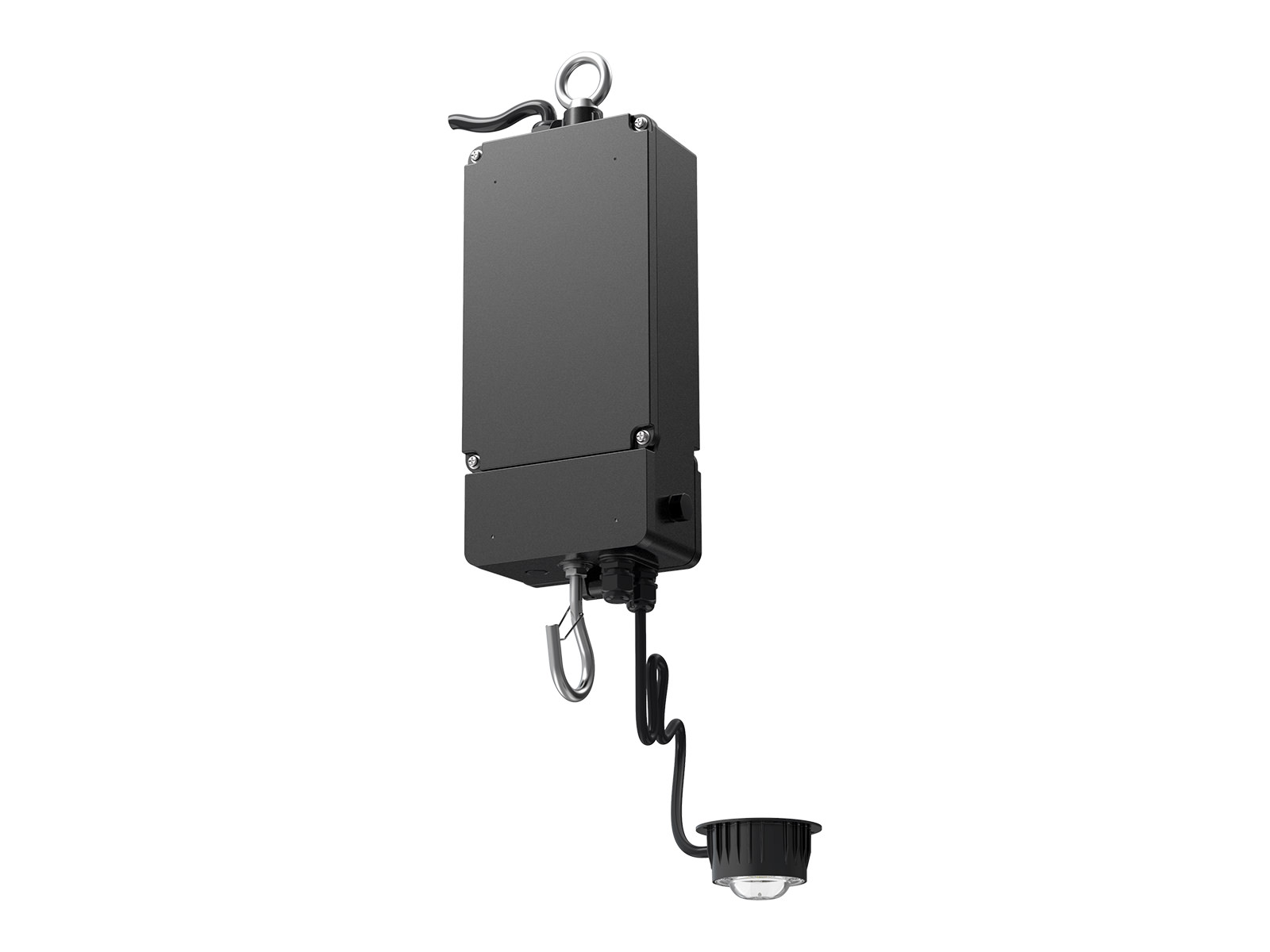Have you ever wondered what would happen if the lights went out in your facilities? How would you find your way out in case of an emergency? How would you avoid panic and ensure safety?
These are some of the questions that emergency lighting can answer. Emergency lighting is a battery-backed or otherwise independently powered lighting device that switches on automatically when a facility experiences a power outage. It is designed to provide illumination and guidance for a safe exit in low-visibility conditions. Emergency lighting is critical for the safety of workers, especially those in dangerous and hazardous applications. There are many different types of emergency lighting available on the market, each with its own unique features and benefits. In this article, we will explore the various types of emergency lighting classified by operation type and battery system.
Battery system
The battery system is a crucial component of emergency lighting, as it supplies power to the lights when the normal source is interrupted. Here, we will discuss two common battery systems: central battery system and the self-contained battery system.
Central battery
A central battery system works by sending power to a central battery using cables that resist fire. The central battery then distributes power to the emergency lights that are connected to it. This system is typically used in larger buildings like offices and manufacturing factories, where a single battery can serve multiple levels or sections. A central battery system can be either maintained or non-maintained, meaning that emergency lights can be either on or off during normal operation.
Self-contained
A self-contained battery system works by having a battery inside each emergency light fixture. The battery charges when the normal source is on and provides power to the light when it is off. This system is typically used in smaller buildings or spaces, where individual fixtures can be easily installed and maintained. A self-contained battery system can also be either maintained or non-maintained, depending on the type of fixture.

Operations types
The operation type refers to how the lights are triggered and managed. The common operation modes are maintained and non-maintained luminaires.
Maintained
One of the most common operation types used in emergency lighting systems is the maintained operation mode. In a maintained operation system, the emergency lighting is on continuously, even when the power is on. This ensures that emergency lighting is always available and ready to provide illumination in the event of a power outage or emergency situation. Maintained emergency lighting is typically used in areas where there is a constant need for emergency lighting, such as stairwells, general offices, warehouses, and escape route lighting.
Non-maintained
In a non-maintained system, the emergency lighting is only activated when the power goes out or there is an emergency situation. This helps to conserve energy and extend the lifespan of the battery, as the emergency lighting is not in use when it is not needed. Non-maintained operation modes are usually used in areas where it is not possible to merge the emergency lighting gear into the existing luminaires. They are also usually used for high risk task area lighting where bright, direct lighting is required during an emergency. For areas with existing lighting installations where is not feasible to change the building wiring, non-maintained emergency lighting is an ideal choice.
AGC knows that emergency solutions and battery backup are important in the LED lighting industry. We have developed two solutions for emergency lighting and safety. One is a little light fitting attached to the main light fixtures. Another one is an LED light with battery backup. Both of them are flexible and can be attached to main lighting fixtures easily.


Interested in our emergency lighting solutions? Contact us!
To learn more about emergency light, click the video.













